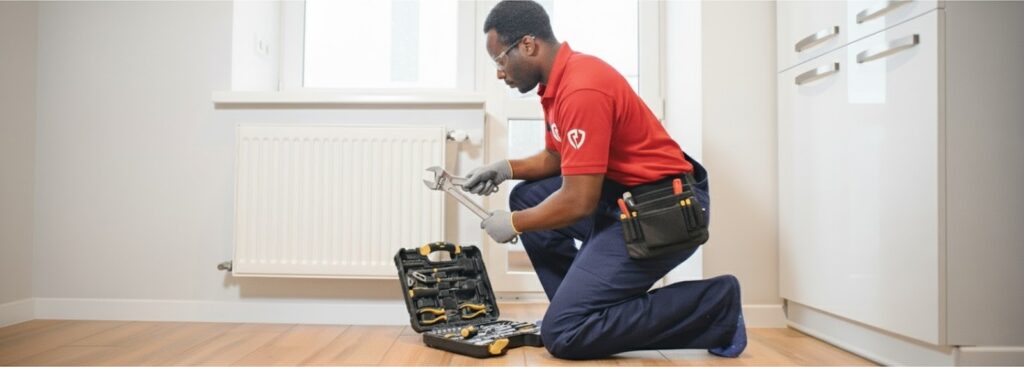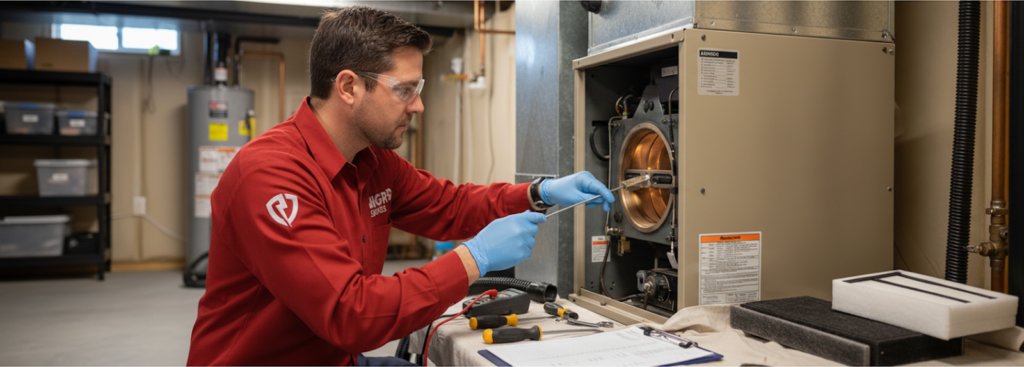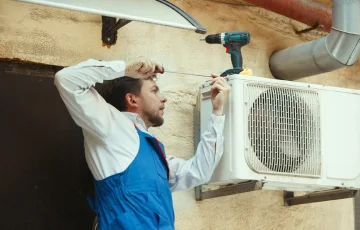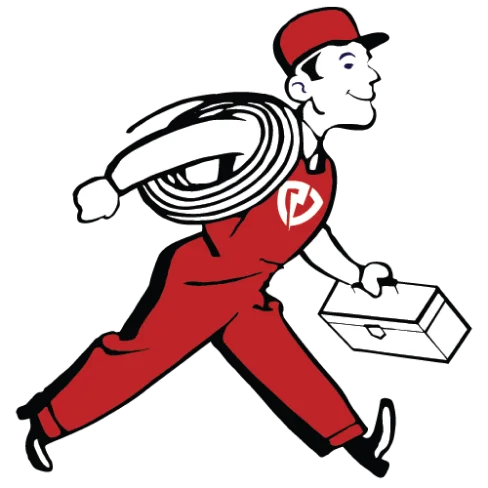Emergency Plumbing & Heating Issues in Stormy / Cold Weather — What to Do

When winter storms roll in and temperatures plummet, your home’s plumbing and heating systems face their toughest challenges. Nothing tests a homeowner quite like discovering a burst pipe at 2 AM or waking up to a freezing house during a blizzard. Understanding how to handle these emergency plumbing and heating situations can save you thousands […]
Emergency Heating Repair Services: What to Do When Your Furnace Fails

There’s nothing quite like the sinking feeling of waking up on a freezing winter morning to discover your furnace has stopped working. One minute you’re snug under the covers, and the next you’re watching your breath form clouds in your own bedroom. When your heating system fails during the coldest months, it’s more than just […]
How to Extend the Life of Your Furnace with Seasonal Maintenance

Your furnace is one of the hardest-working systems in your home, quietly keeping everyone comfortable throughout the cold months. But like any hardworking machine, it needs maintenance and attention to perform at its best. The good news? By following a straightforward seasonal maintenance routine, you can help your furnace last 15 to 20 years while […]
The Importance of Regular AC Cleaning

Electrical fires pose a significant threat to homes and businesses, and many of …

